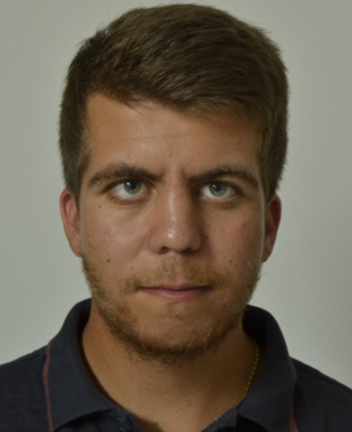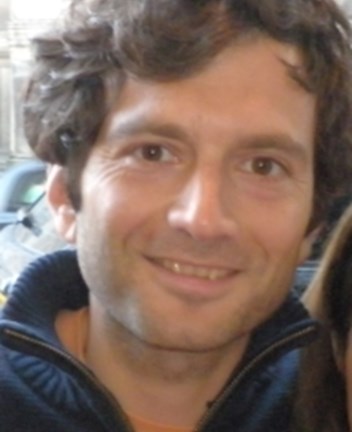The implementation of wireless sensor nodes using nanomaterials at millimetre waves based on inkjet/3D printing paves the way for sensor miniaturization due to the small sensor footprint as a direct consequence of the small wavelength. Antenna based sensing techniques will be used where the presence of objects, or gases, humidity or temperature in the designed antenna environment leads to a change in its electromagnetic behaviour such as radiation pattern and input impedance characteristics which in turn result in measurable parameters for sensing applications. Such sensing techniques minimize the energy requirement of the developed sensors. The project effectively combines two timely trends for 5G communications and IoT and additive manufacturing and 3D printing of nanotechnology based matetials, and aims to reduce cost, footprint and energy requirements. There are numerous applications within the 5G and IoT framework which the results of this work can be applied including environmental sensing, asset aging and degradation due to humidity, temperature or mechanical degradation, but also communication, presence detection, through wall radar, and collision avoidance in autonomous vehicle systems.

Spyridon-Nektarios Daskalakis received with excellence his Engineering Diploma and the M.Sc. in Electronic and Computer Engineering from Technical University of Crete (TUC) in 2014 and 2016, respectively. He is currently starting toward the PhD degree in School of Engineering & Physical Science from Heriot Watt university, Edinburgh UK. His current research interests include low-cost wireless sensor networks and RF energy harvesting. Particularly he focuses on backscatter scatter communication, batteryless sensors, PCB design, low cost software defined radio, environmental sensing and RF energy harvesting. He has the Onassis Foundation graduate studies 2015/16 scholarship. He is co-founder of kaloudia.com platform. Finally he was the recipient for two short term scientific mission grands form COST Action IC1301 WiPE in Electrical and Computer Engineering, Georgia Institute of Technology (2016) and in Centre Tecnològic de Telecomunicacions de Catalunya (2015). His interests are inkjet and 3D printed technologies for flexible electronics. Especially using nanomaterials at millimeter waves which are suitable for 5G communications and IoT reducing fabrication time and cost.

George Goussetis received the Diploma degree in Electrical and Computer Engineering from the National Technical University of Athens, Greece, in 1998, and the Ph.D. degree from the University of Westminster, London, UK, in 2002. In 2002 he also graduated B.Sc. in physics (first class) from University College London (UCL), UK.
His research interests include the modelling and design of microwave filters, frequency-selective surfaces and periodic structures, leaky wave antennas, microwave sensing and curing as well numerical techniques for electromagnetics.